We've all been through this situation. You are in a place with so much going on, with a lot of people and activity. Your camera is in your hand, and you feel like there are so many things you could capture, right now. But where does your inspiration start?
When you’re in a photographable situation, but you don’t have a clue, there are some go-to approaches you can use to combat cluelessness and start being creative.
1. Make it Abstract
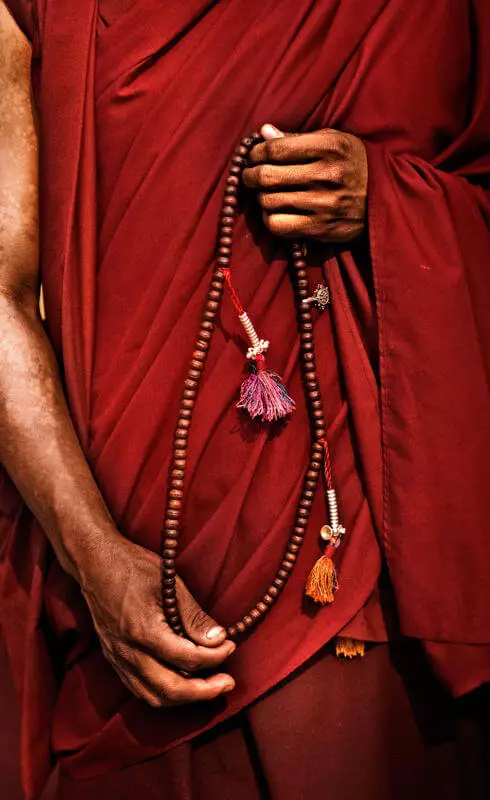
© Aloha Lavina
The content of a photograph sometimes trips our thinking. If there is a lot going on, we are often tempted to include the whole event in the frame. Sometimes it helps to zoom in to details and use this abstraction to create mystery in your photo.
2. Balance the Composition
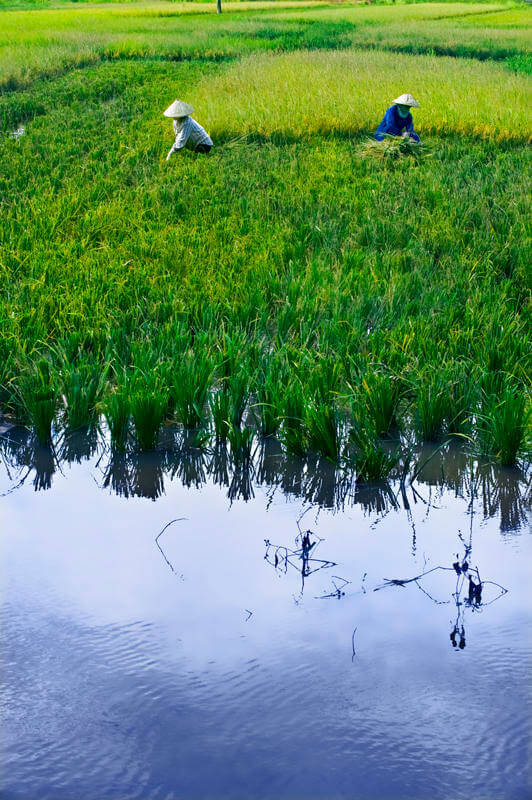
© Aloha Lavina
Look around your subject and find how something might be included in the frame to balance the composition. Often finding how to ‘cut up’ a photo and counterbalance subject with another element can add a design quality to the image.
3. Use Color
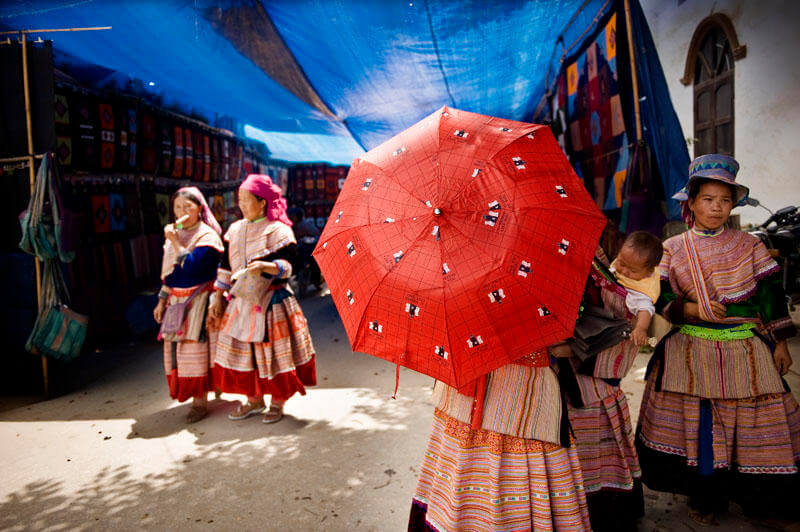
© Aloha Lavina
Using color is a way to control your content. Focusing only on the colors captured in the frame helps you to simplify the composition.
4. Capture Contrast
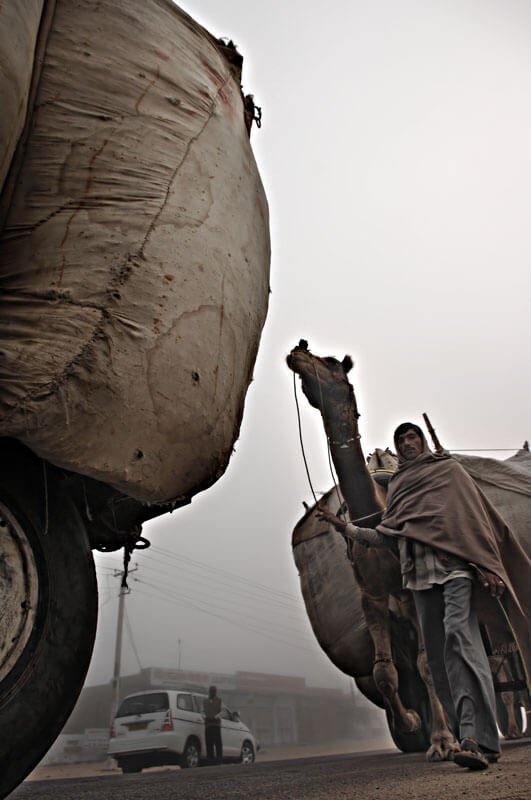
© Aloha Lavina
Contrast can be found in the content, like when you have the classic modern vs. traditional contrast that can be found in many places. Contrast can also be between values, such as light-dark.
5. Use Shapes
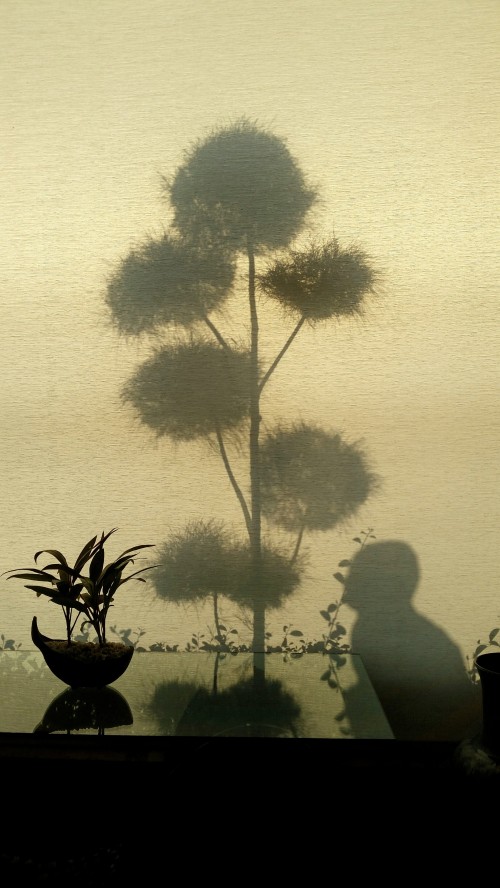
Waiting in a hotel lobby for a business appointment, I found this image of a plant’s shadow. To make it interesting, I waited for a passerby to add a human element to the image.
6. Use Negative Space
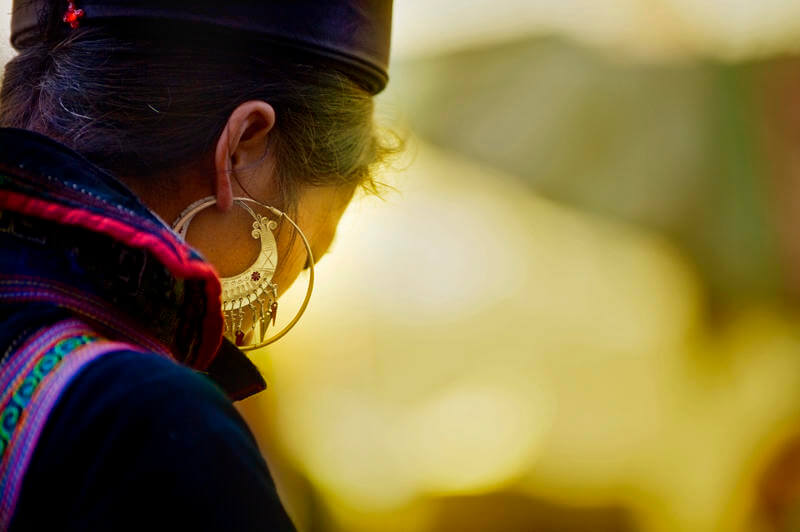
© Aloha Lavina
Designers often use negative space to create balance and focus in an image. Negative space is a great way to simplify a composition and bring in balance at the same time.
7. Change Vantage Point
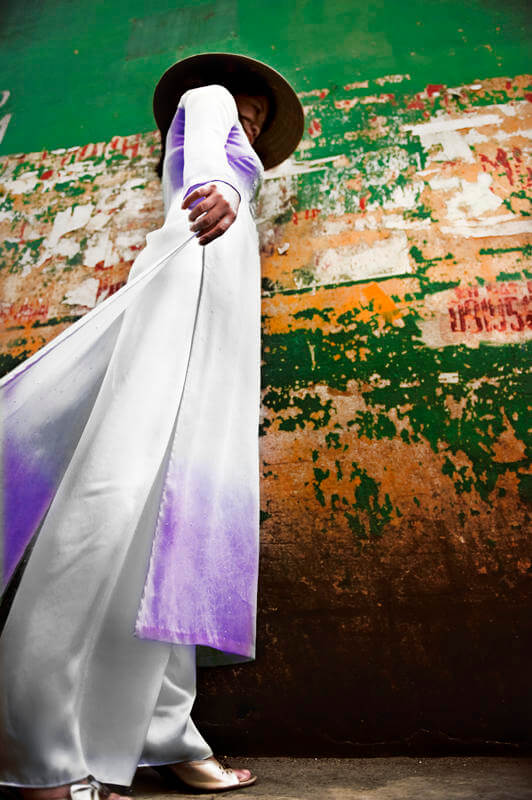
© Aloha Lavina
Moving around your subject gives you different perspectives. Often, you discover ways of photographing something that might introduce this element of discovery for the viewer, too.
8. Create with Deliberate Blur

© Aloha Lavina
Blur can create added drama to a photograph. Setting your aperture to wide open, like in this photograph at f/2.8, can give you blur in the background and foreground, making the subject pop.
9. Use One Focal Length

© Aloha Lavina
My brother once asked me, “Are you a photographer or a lens changer?” I am as much a gear head as anyone, and I love shiny new zoom lenses. But sometimes, when we force ourselves to use just one focal length, we are also forced into having to create not with our gear, but with choices we make about what we capture and how we capture. This is why I like using a smart phone to deliberately find images at times: the one focal length forces me to think about what it is that belongs in the frame.
10. Use the Rule of Thirds
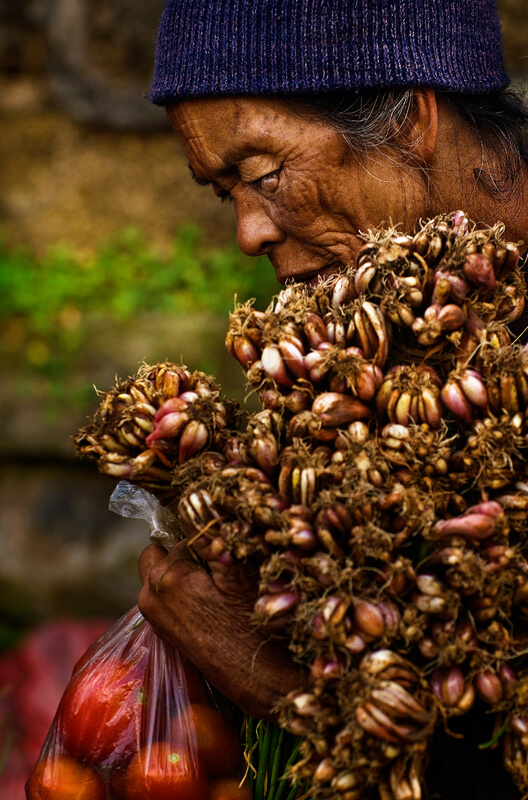
© Aloha Lavina
The rule of thirds is a standard go-to approach, and it never fails. Using the rule of thirds means you automatically place your subject within a frame and create an attractive composition. Combined with balance, use of color, and some environmental information, the rule of thirds can change the way you see and the way you capture what you see.
11. Create Silhouettes

© Aloha Lavina
Usually, great light such as at sunrise or sunset keep us shooting frame after frame. At times though, all we have is the sky alight and the horizon. Creating silhouettes can create drama in a photograph without competing with the beautiful light. Instead of distracting from what may be awesome light, a silhouette can add an element to the image.
12. Use a Reflective Surface
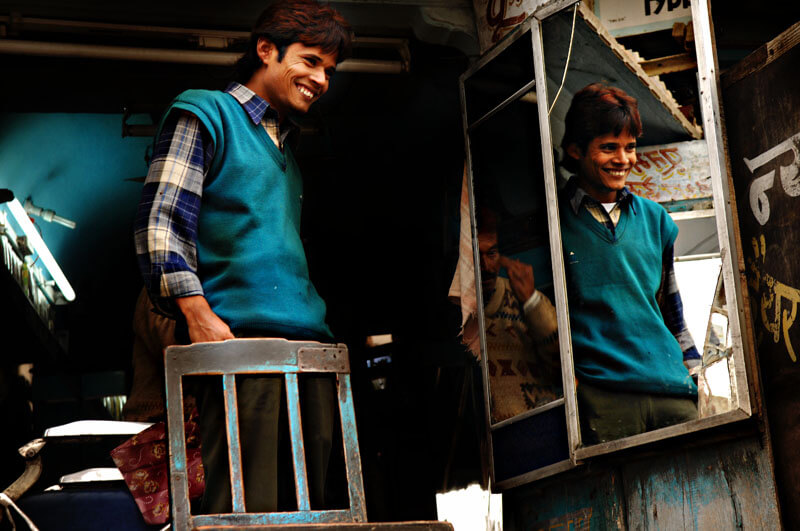
© Aloha Lavina
Mirrors, cars, windows and glass doors – these reflective surfaces can add a bit of interest to a photograph. Use these reflective surfaces, especially when they add to the story of the image. Here is the story of a barber and one of the tools of his trade – his mirror.
13. Chase the Light
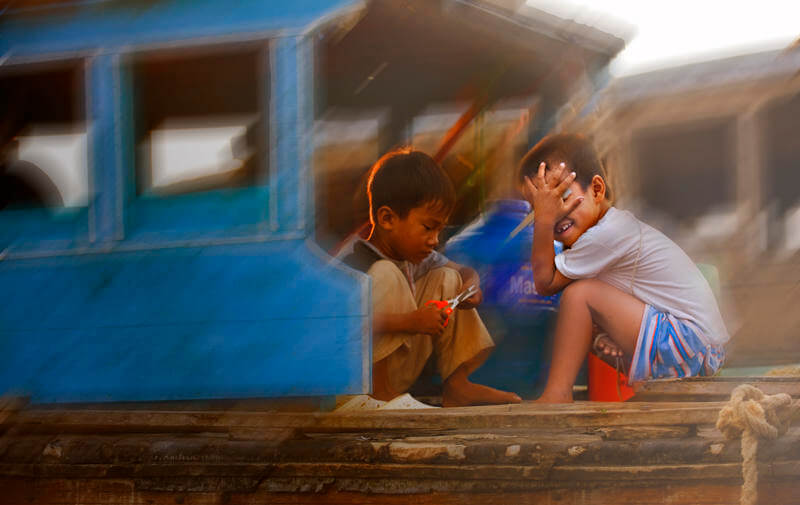
© Aloha Lavina
The time of day makes a big difference. Waking up a little early to catch a sunrise and keeping your camera out a bit longer to catch the sunset and the afterglow can give you added inspiration.
14. Capture Movement
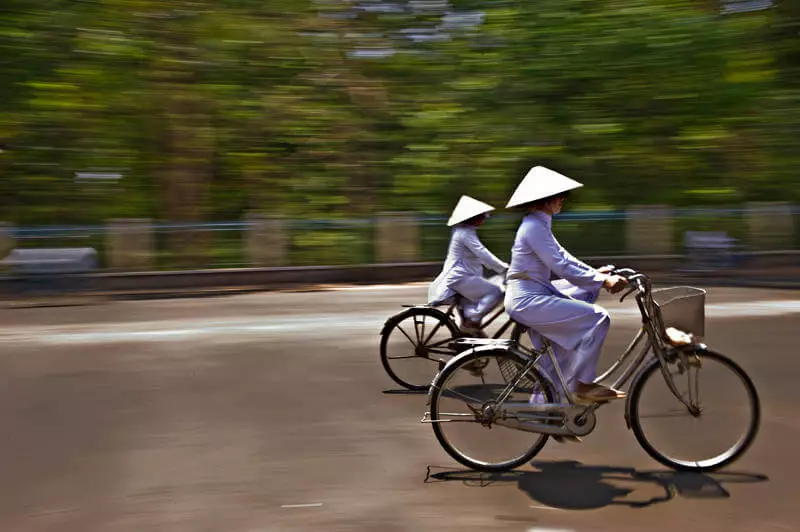
© Aloha Lavina
Learn a technique called panning, and you could spice up your photography. A simple technique but which requires practice, panning can allow you to capture motion.
15. Add the Human Element
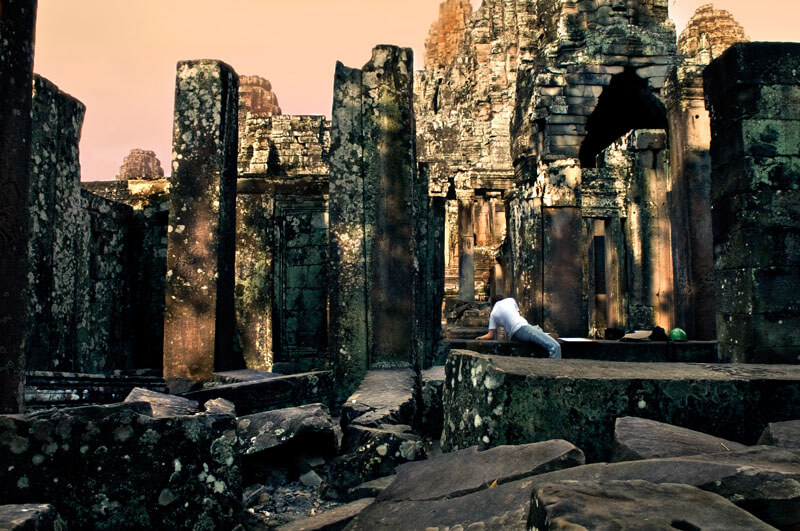
© Aloha Lavina
People really change a photograph. Even when you want to tell the story of a place or things in a place, putting a human element in the image can add a new dimension to a story.
16. Make a Monochrome
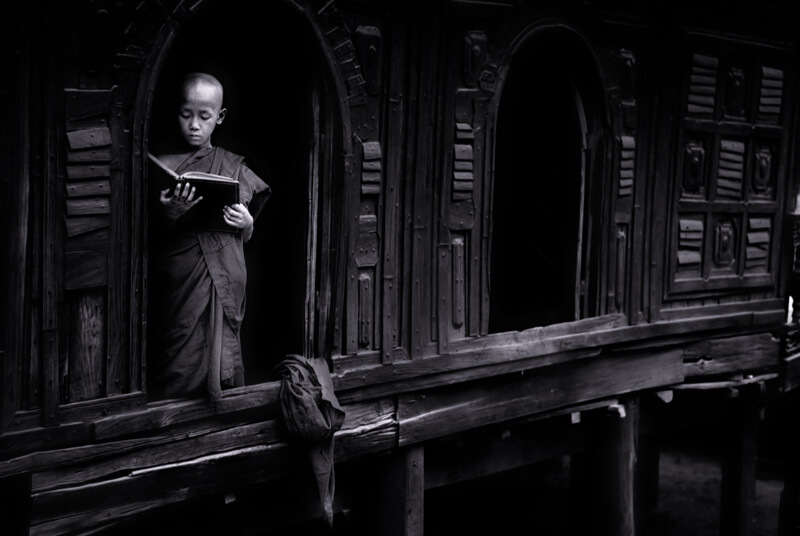
© Aloha Lavina
Many cameras have a monochrome setting, and with a button you could easily set your camera to capture everything in black and white. The beauty of capturing the monochrome image straight onto camera is that if you are shooting RAW + JPEG, the JPEG file is in black and white, but the RAW file still holds all the color information, in case you want to work with it later. The real value of shooting in monochrome is to help you see light.
17. Hit the Streets

© Aloha Lavina
Take a walk and see what you find. Street photography can help you hone all the skills you need, whether in compositions that evoke harmony, rehearsing technical skills, or combining what you know to tell stories of what you see.
18. Find a Great Background, and Wait
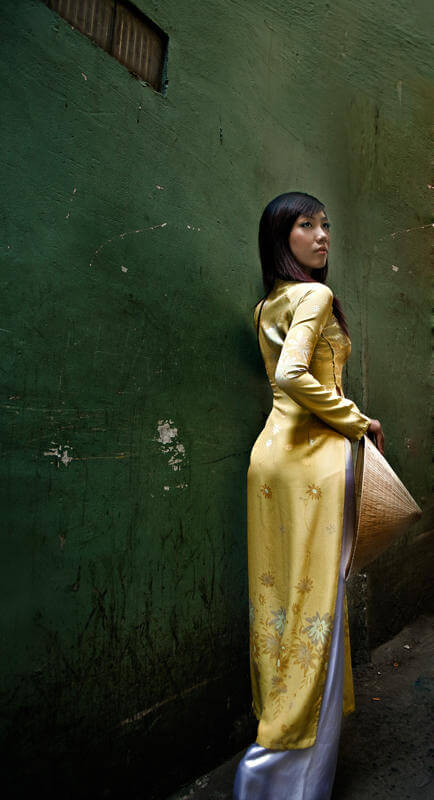
© Aloha Lavina
When you find a wall or something that might make a great background, buy yourself a cup of coffee or a cold drink and wait in front of it while enjoying your beverage. You never know who might walk in front of your background.
19. Study a Master and Use What You Learn
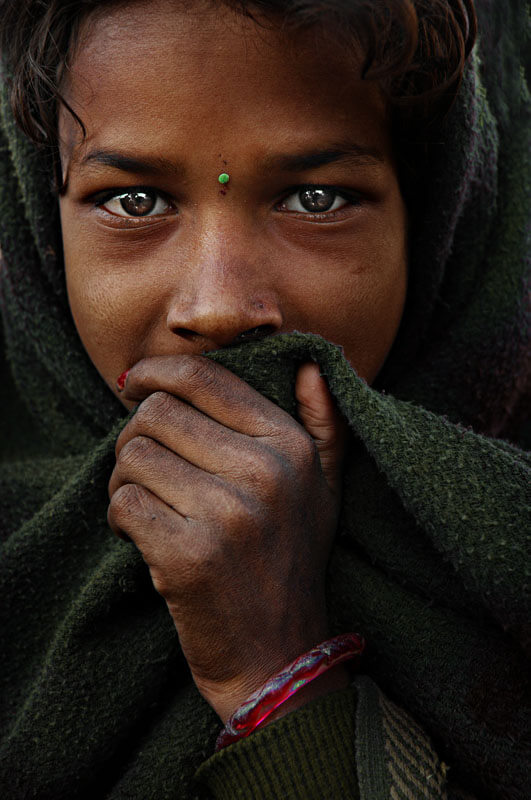
© Aloha Lavina
The Masters of our craft have a lot to teach us. Spend some time studying the work of photographers whose work makes you gasp with awe. Think about how the master might create an image you love. And try to use what you learn to create a tribute to that photography master.
20. Create Tension
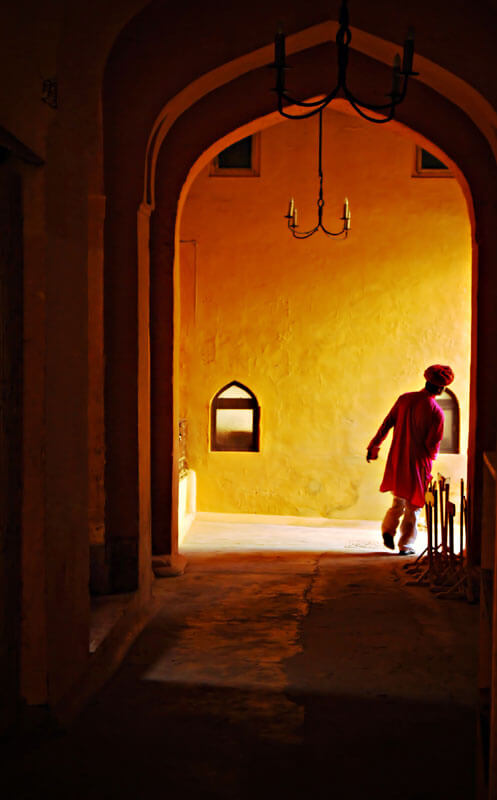
© Aloha Lavina
Images that evoke questions can be interesting. What happened next? What happened before? Why? When you make an image that creates these questions in the viewer’s mind, the tension in the photograph can be a source of endless interest. (Looking for and capturing these type of images also trains your reflexes for pressing that shutter button at just the right moment.)
21. Do a Project

© Aloha Lavina
Projects have a way of inspiring your creativity. Spend some time on a project. Some of the most inspiring photography can result from the thought and time you spend thinking about and creating images that express a concept.
22. Make it About the Light

© Aloha Lavina
Finally, light is what it’s all about. Light helps us capture our three-dimensional world in a two-dimensional medium, and take our viewers to that place where we were.
Having these 22 approaches to pull out of your camera bag makes it easier to create when you feel like you’re clueless. Inspiration for your images can come from any thing at all—all you have to do is give yourself an opportunity to see in a different way each time you reach for your camera.





4 Comments
Great inspiering tips! Cant wait to try some of them out =)
Great article, well done.
Keep up the good work. Very good shots.
Great article!